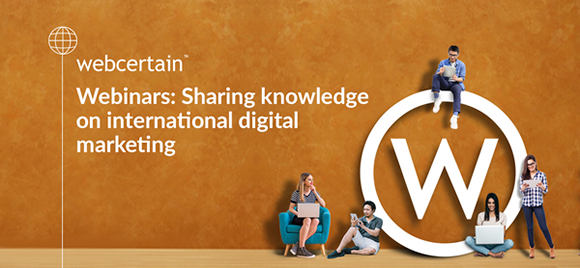
This blog post was updated on 5 January 2024.
Webinars have long been a popular tool for businesses, especially those in B2B sectors, to connect with customers, demo products, provide training and market their offering.
They have many benefits: they can be attended from anywhere; they have relatively low set-up costs, especially if you do not have huge numbers of attendees; they can be recorded and made available on demand; they allow for interaction between presenters and attendees – the list goes on.
This blog post will look at ten tips for running a successful webinar, to achieve maximum results.

- Have energy in your presentation. If you do not sound enthusiastic and engaged, the audience will not be either.
- Have a dedicated host in addition to the presenter(s). More than one presenter is also a good idea, as this can make the presentation more dynamic and the change in voice and tone can prevent users from switching off.
- Do not spend too long on the intros. Once again, the biggest challenge is commanding the attention of the participants, so do not give them a reason to tune out too early. You can dot additional information throughout the webinar but hook them in first and give them reason to believe this webinar will be worth their time.
- Make sure the content is useful, relevant and interesting. Do not just embark on a sales pitch (unless that is the purpose of the webinar), or you will lose attendees – and respect.
- Put some effort and thought into the design, look and feel of the slides, videos or any other visual aids. Make it appealing, attractive and, above all, easy to follow. Videos in particular can be a good addition to the webinar – especially small clips or shorts, to illustrate a point, present some stats, or break up sections between speakers.
- Keep the presenter videos turned on whilst they are presenting or answering questions. This can help to build a connection with the audience, and feels more personal than just looking at slides on a screen.
- Do not just talk at your audience – make them part of the experience. Polls are a great feature to include in webinars as they require some action from attendees, allow them to contribute and can also help you adapt the content to make it as relevant as possible for the group you have attending. Keep it moving quickly, though – nobody wants to sit in silence for five minutes whilst others complete a poll.
- Allow time for a Q&A session after the presentation. These can be really valuable to the audience as it ensures they can clarify anything they have heard during the webinar, get answers to the questions they have specific to their business and projects, and request further information. Always have a few pre-prepared questions ready to start with – this helps get the Q&A session rolling and encourages attendees to ask questions. It is worth keeping the Q&A anonymous so that attendees do not feel embarrassed or intimidated to ask.
- Include some downloadable assets in the webinar for attendees to access immediately. This could be the slides, related whitepapers or product guides – anything which will add value to the content you have presented and encourage further interaction with your brand post-webinar.
- Finally – do not panic! There is always the chance of a technical problem – from internet connections, to polls not displaying, to slides getting stuck. If any of these occur, do not panic – keep talking to participants, move on to the next part, or share an anecdote whilst somebody else resolves the issue. In many cases, the attendees will not even know something has gone wrong, and even if they do, it does not matter, as long as they continue to be informed and engaged.

Want to learn more?
I hope this blog post has given you a useful introduction to how to run a successful webinar. For more in-depth information, read my free, full-length guide here. The guide covers:
- Pre-webinar: How to choose the right tools, topics and timings for your webinar; tips for promotion, including your landing page and reminder emails; and the importance of practice and choosing the right presenters.
- During the webinar: What you need to know about registrant to attendee conversion rates, and top tips for running a successful webinar.
- Post-webinar: Tips about following up with registrants and attendees, the promotion of content, and analysis and improvement.







